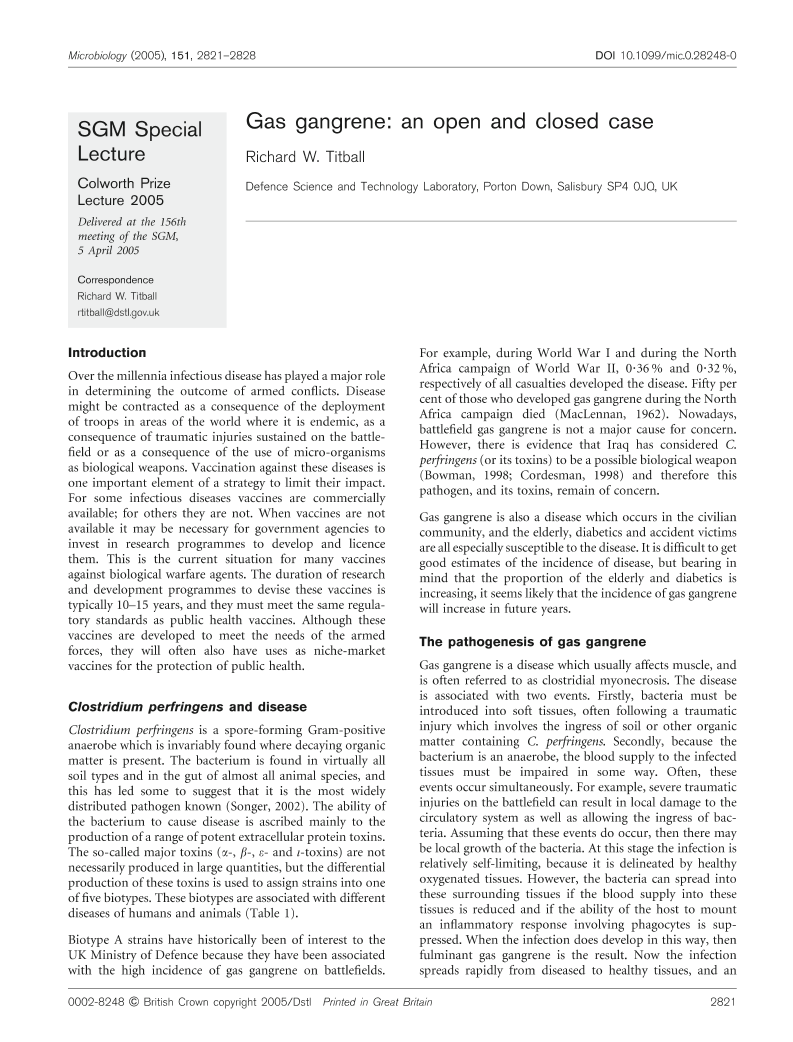
Full text loading...

Gas gangrene: an open and closed case, Page 1 of 1
< Previous page | Next page > /docserver/preview/fulltext/micro/151/9/mic1512821-1.gif
There is no abstract available.

Article metrics loading...

Full text loading...
References


Data & Media loading...
